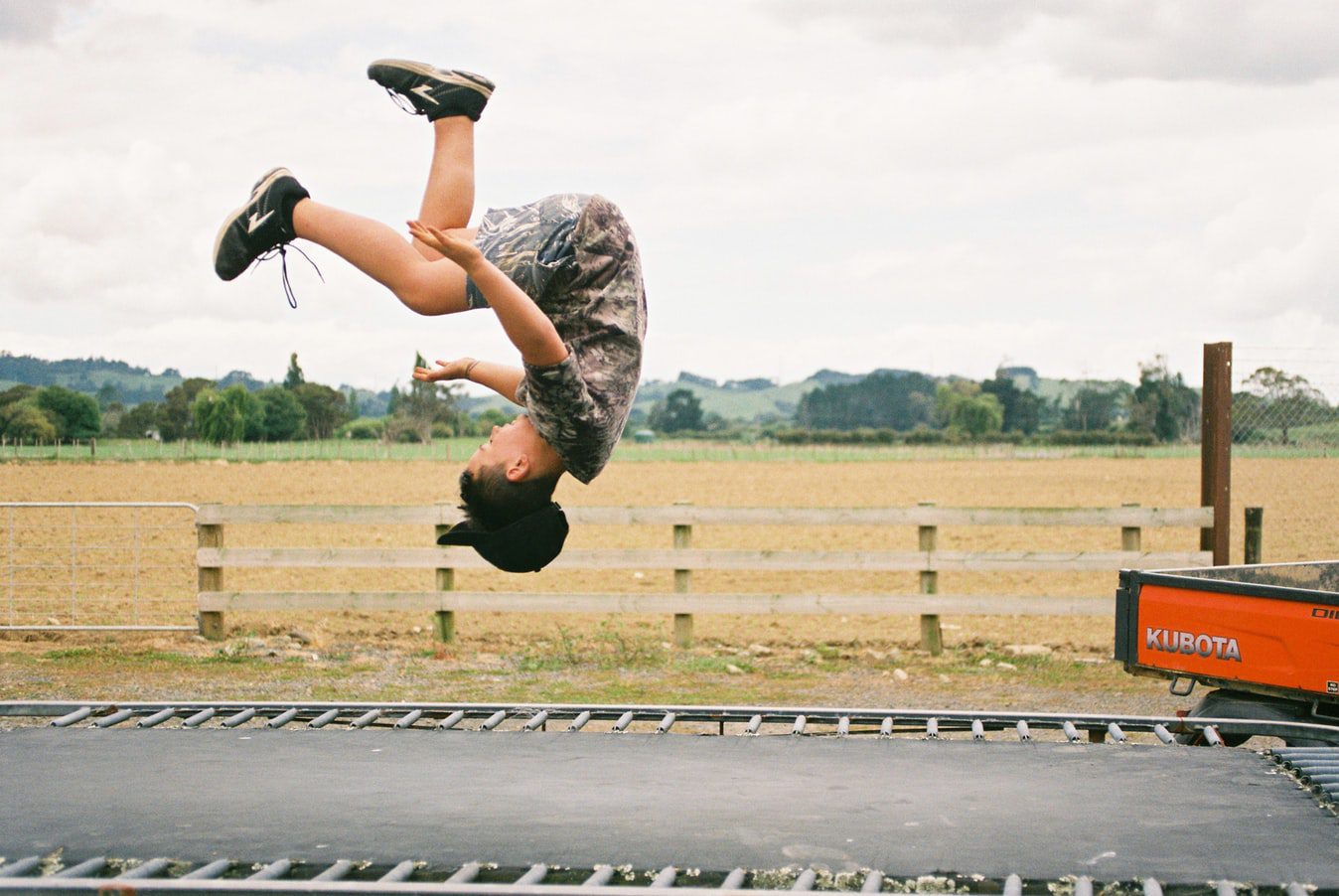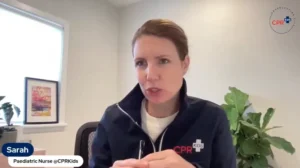
Popcorn and Kids Under 4: What Daycares Need to Know
Popcorn may seem harmless, but for children under 4, it’s a leading choking hazard—especially in daycares and party settings. Discover why popcorn is dangerous, learn from real-life stories, and explore essential choking prevention tips. Plus, download our free guide and watch our first aid video to ensure you’re prepared to keep little ones safe.



